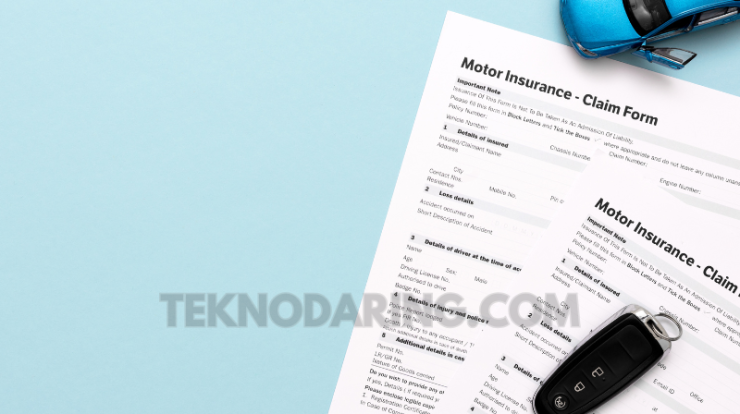
Insurance Coverage Options – Whether you’re buying auto insurance, health insurance, or protecting your home, choosing the right insurance coverage options is essential for peace of mind and financial security. With so many plans and providers out there, it can be overwhelming to know which coverage you need — and what’s worth the cost.
In this guide, we’ll break down the different types of insurance coverage, explain how to choose the right plan, and offer tips to get the best value for your premium.
What Are Insurance Coverage Options?
Insurance coverage options refer to the specific protections included in an insurance policy. These options determine what events are covered, how much compensation you’ll receive, and how much you’ll pay out-of-pocket before your insurance kicks in.
Depending on the type of insurance, coverage options can include everything from collision protection for your car to emergency medical care or damage from natural disasters.
Common Types of Insurance and Their Coverage Options
Here’s a breakdown of some of the most common types of insurance and what coverage options they typically include:
1. Auto Insurance Coverage
Auto insurance protects you financially in the event of an accident, theft, or damage to your vehicle. Key coverage options include:
-
Liability Coverage: Required in most states, this pays for damage and injuries you cause to others.
-
Collision Coverage: Covers damage to your own vehicle after a crash.
-
Comprehensive Coverage: Protects against theft, vandalism, fire, and weather-related damage.
-
Uninsured/Underinsured Motorist: Pays if the other driver has little or no insurance.
-
Medical Payments or Personal Injury Protection (PIP): Covers medical bills regardless of fault.
2. Health Insurance Coverage
Health insurance helps manage the cost of medical care. Coverage options vary widely but often include:
-
Hospitalization: Inpatient services, surgeries, overnight stays.
-
Doctor Visits: Routine checkups and specialist consultations.
-
Prescription Drugs: Medication coverage with or without copays.
-
Emergency Services: ER visits and ambulance costs.
-
Preventive Care: Vaccinations, screenings, and annual exams.
3. Homeowners Insurance Coverage
Homeowners insurance protects your property and belongings. Coverage options may include:
-
Dwelling Coverage: Repairs or rebuilds your home due to covered perils.
-
Personal Property: Replaces belongings like furniture, electronics, and clothing.
-
Liability Protection: Pays for legal fees if someone is injured on your property.
-
Loss of Use: Covers temporary living expenses if your home becomes uninhabitable.
-
Flood or Earthquake Add-ons: Usually not included, but available as extra coverage.
How to Choose the Right Coverage Options
Choosing the best insurance coverage options depends on your lifestyle, financial situation, and risk tolerance.
Step 1: Assess Your Needs
Consider the worst-case scenarios and what protections would give you peace of mind. For example:
-
Do you drive often in high-traffic areas? Consider full auto coverage.
-
Do you have a chronic health condition? Opt for a robust health plan.
-
Do you live in a flood-prone area? Add flood insurance to your homeowners policy.
Step 2: Compare Providers and Plans
Use online tools to compare quotes and coverage side-by-side. Look beyond the monthly premium — check deductibles, claim limits, and exclusions.
Step 3: Reevaluate Annually
Your needs may change over time. Make it a habit to review your policies yearly, especially after major life changes like marriage, having children, or buying a home.
Final Thoughts on Insurance Coverage Options
Navigating insurance coverage options can seem complicated, but it doesn’t have to be. Understanding the types of coverage available — and choosing what suits your specific needs — can save you money and stress in the long run.
The key is to strike a balance between affordability and protection. Don’t just pick the cheapest plan — choose one that covers the things that matter most to you.





